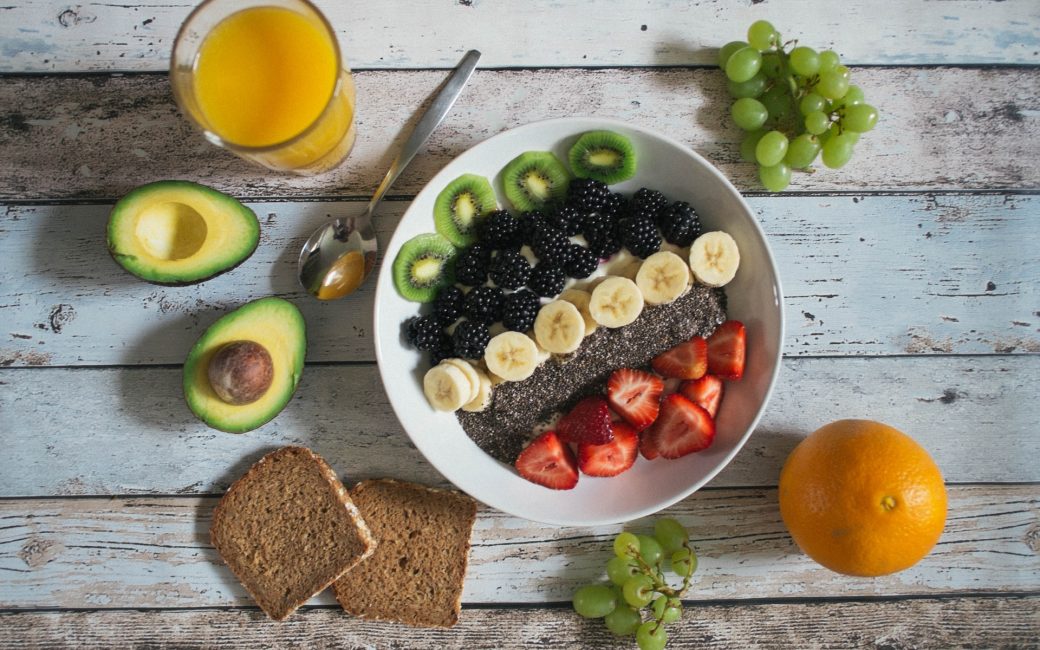Do you remember when you were a kid, and you scribbled down your thoughts in that little diary with a rusty lock? The sheer joy of pouring your heart out onto the pages, keeping your secrets safely tucked away. Blogging, in many ways, is the grown-up, digital version of that cherished diary. Only this time, the lock is optional.
When Words Whisper and Shout
Have you ever stumbled upon an old journal entry and thought, “Was this really me?” Blogging offers that same reflective journey but with a twist. While traditional journals are personal, introspective spaces, blogs allow for a public dialogue. It’s like inviting a friend over to your house and sharing stories over a cup of tea. Sometimes the stories are whispers of daily life, and sometimes they’re loud exclamations of moments that changed everything.
A Time Capsule of Growth
One of the most beautiful aspects of blogging is watching your evolution over time. It’s not just about recording daily events or thoughts, but seeing how your perspectives shift, how your writing matures, and how your understanding of the world deepens. Unlike the diaries of old, which often get lost or discarded, your digital journal stands as a testament to your journey, accessible at any moment’s notice.
More than Just Words
In the world of blogging, your story isn’t limited to just words. You can paint vivid pictures with photographs, embed heart-thumping videos, or even sprinkle in some of your favourite tunes. It’s a multisensory experience that can transport you and your readers to different times and places.
The Power of Community
Perhaps one of the most significant differences between traditional journaling and blogging is the sense of community. Your blog is not just a reflection of you; it’s a beacon for like-minded souls. The comment section transforms into a cozy campfire gathering, where readers share their stories, offer insights, or simply lend a listening ear. It’s a space where you’re never truly alone.
In Conclusion: Embracing the Digital Quill
So, is blogging just a modern take on journaling? In essence, yes. But it’s also so much more. It’s a dynamic platform that captures the essence of who we are, blending the introspection of traditional diaries with the interactivity of today’s digital age. Whether you’re looking to document your life, share your passions, or connect with a community, blogging offers a unique space to write your story, one post at a time. So why not pick up your digital quill and start your blogging journey today?



